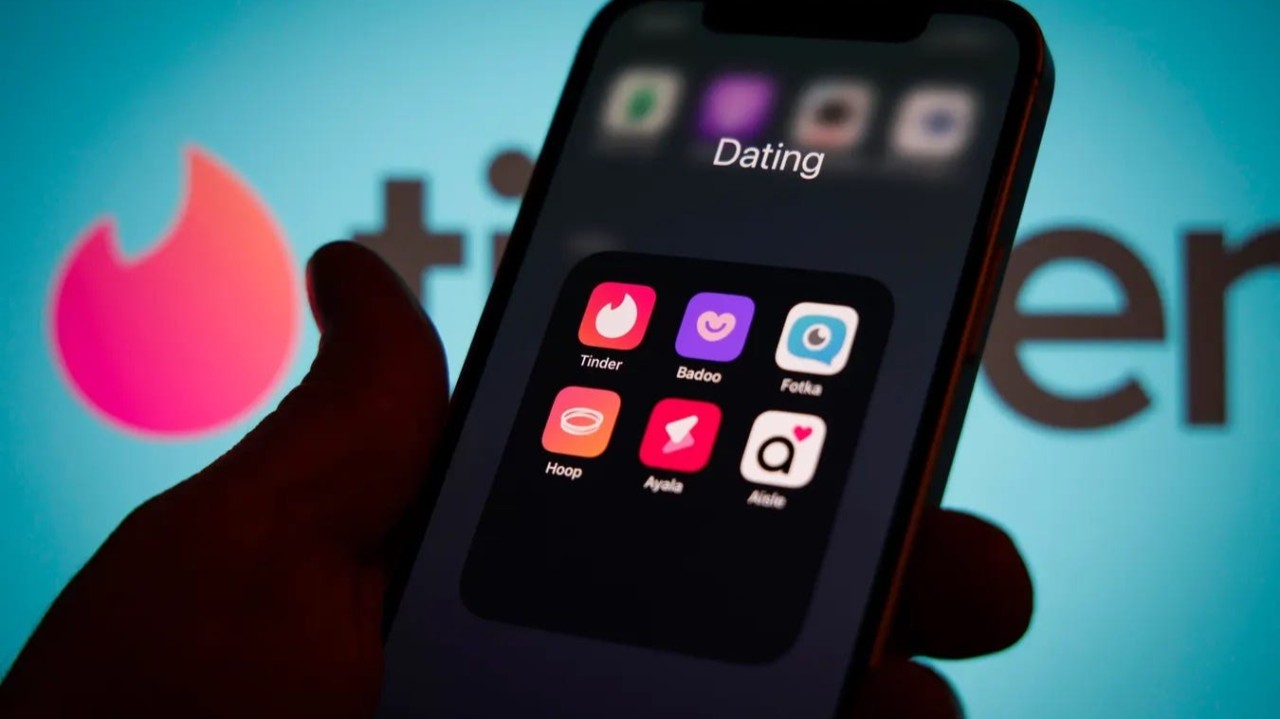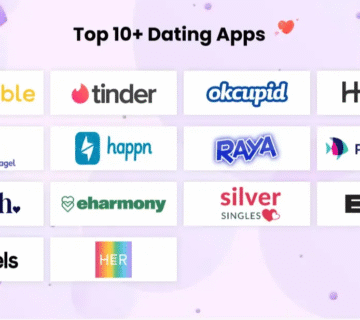Tinder may be one of the world’s most popular dating platforms, boasting more than 60 million monthly active users in 2025, but a persistent and pressing question remains: Are there fake profiles on Tinder.com? The short answer is yes—despite advanced security and moderation tools, fake and bot-operated profiles are an ongoing challenge for all major dating apps.
The Reality: Fake Profiles on Tinder in 2025
Fake profiles are a real and significant problem on Tinder, as on most dating platforms. These profiles are created by scammers, catfishers, spammers, and even bots—often with the aim of financial fraud, phishing for information, or simply promoting external sites and products.
Recent surveys show up to 78% of certain user groups have encountered fake or suspicious profiles on Tinder, highlighting just how widespread the issue is.
How Do Fake Profiles Get Created?
-
Stolen Photos and Information: Scammers copy images and personal details from real social media accounts.
-
AI-Generated Faces: Increasingly, fakes use ultra-realistic computer-generated photos, making them harder to spot.
-
Bots and Automation: Software tools mass-produce and manage fake accounts for phishing, malware, and promotion.
-
Fake, Verified Profiles: Some fraudsters even game Tinder’s photo and video verification system, sometimes using deepfakes or stand-ins to bypass security checks.
How Many Tinder Profiles Are Fake in 2025?
While Tinder doesn’t release public statistics on fake profiles, industry estimates suggest that a “small percentage” of total profiles are fake—yet, given Tinder’s vast user base, this still totals millions of deceptive accounts in circulation at any given moment.
One survey in India found that 78% of women had encountered obvious fakes or bots. While detection and removal efforts are ongoing, no platform is immune.
Red Flags: How to Spot a Fake Profile on Tinder
Savvy users recognize the warning signs of a fake account. Here’s what to watch for:
-
Sparse or Unfinished Profiles: Minimal bios, only one or two photos, or stock/overly professional images.
-
Too Good to Be True: Photos that look like they’re from a model shoot or seem lifted from the internet.
-
No Social Links: Most real people have Instagram or Spotify linked; fakes avoid social traceability.
-
Generic/Bizarre Messages: Bots send awkward, overly enthusiastic, or copy-paste replies.
-
Asks for Personal/Financial Info Early: Scammers quickly steer conversations toward money, gift cards, or sensitive personal details.
-
Push to Move Off the App: If your match immediately urges you to chat via Snapchat, WhatsApp, or another site, it could be a scheme.
-
Refusal to Video Chat or Meet: Fake accounts make endless excuses not to video call or meet in person.
Technical Clues
-
Reverse Image Search: Paste suspicious profile photos into Google Images to see if they appear on stock sites or other social media.
-
Inconsistencies: Look for contradictions in age, job, or city between their bio, conversation, and photos.
-
Avoiding Verification: Some avoid photo or video verification, while others use tricks to appear “legit”.
The Risks: Dangers of Fake Profiles
Fake or scam profiles on Tinder present several dangers:
-
Financial Loss: Many fakes are fronts for romance or investment scams—the most common and costly risk.
-
Phishing and Malware: Some bots send links that, once clicked, can steal data or infect devices with malware.
-
Identity Theft: Sharing personal info with the wrong person can result in fraud or harassment.
-
Emotional Harm: Catfishing—posing as someone else to build a false romantic connection—can lead to trust and emotional issues.
What Is Tinder Doing About Fake Profiles?
While Tinder has invested heavily in advanced moderation:
-
Photo/Video Verification: Users submit selfies and, as of 2024, government IDs for a blue checkmark. This makes faking harder, but not impossible.
-
AI Moderation: Algorithms scan for suspicious patterns, language, and bot-like behavior.
-
Reporting Tools: Users can report fakes, triggering investigation and removal of accounts.
-
Regular Updates: The platform continually refines its fake detection, but technology and scams evolve too.
Many users still encounter fakes, underscoring the importance of personal vigilance.
What To Do If You Encounter a Fake Profile
-
Don’t Engage or Share Info: If a match feels “off,” disengage immediately. Never send money or private data.
-
Use In-App Reporting: Tap “Report” on the profile or in chat to notify Tinder.
-
Double-Check Before Trusting: Use video calls and reverse image searches to verify identity.
-
Adjust Your Expectations: Meeting genuine people is possible, but exercise healthy skepticism.
Should You Still Use Tinder?
Yes—as long as you’re aware of these pitfalls and stay cautious. Tinder connects millions of real people every day, and most users are genuine, but recognize the presence and risks of fake accounts.
Read More: What Does It Mean When Someone Keeps Viewing You on Tinder.com? The Definitive 2025 Guide
Authoritative Safety Resource
For expert advice on protecting yourself from scams and maintaining safety while using dating apps, visit the official Federal Trade Commission page: Online Dating Scams – FTC.
This page explains the latest tactics used by scammers, how to avoid being a victim, and steps to take if you’ve been targeted.







[…] Read More: Are There Fake Profiles on Tinder.com? The Ultimate 2025 Guide […]